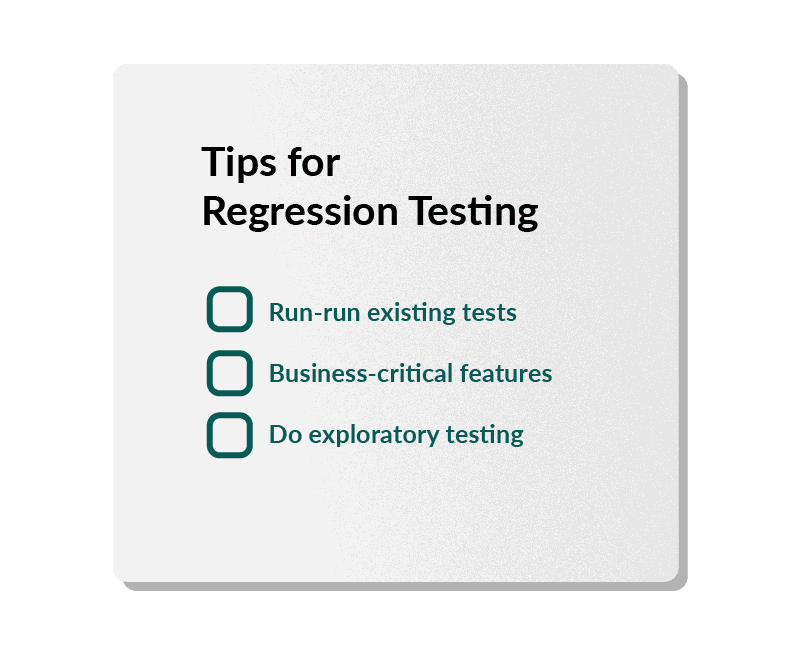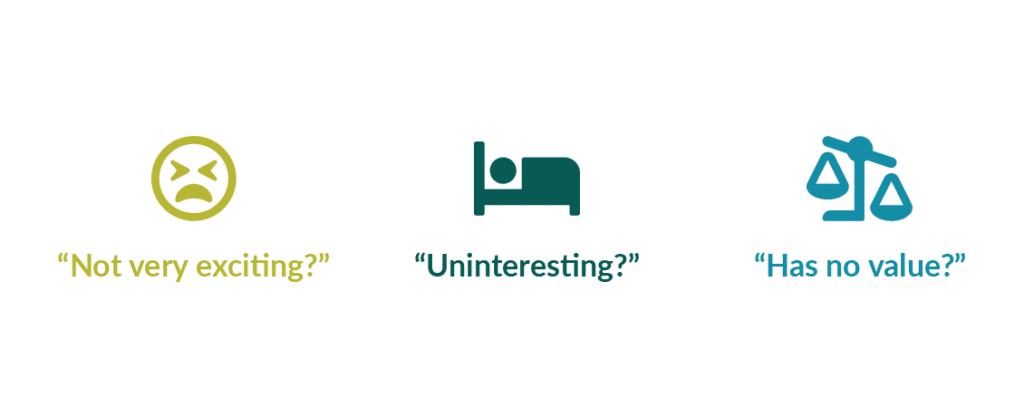Few things are more frustrating than shipping a new feature to production only to find it breaks existing functionality. Regression testing helps software teams catch these issues before deployment to production because even the slightest change can have unexpected consequences. For example, changing a single line of code on one feature might break a different component.
Regression means “to return to a former or less developed state.”
Regression testing has two goals. The first is identifying defects introduced into a build or release candidate accidentally. The second is to ensure previously fixed bugs have not reemerged.

The importance of regression testing
With any change comes the risk that the update will unexpectedly impact another part of the system. Performing regression testing can ensure the changes you have introduced will not cause problems.
Skipping the tests can risk a release of bugs into production. When this happens, there can be customer frustration, an increase in customer support tickets, and even frustration within the team. Taking the time to run the testing pays off in the long run.
While releasing new features and improvements is exciting, we need to be sure these changes don’t cause problems with existing code. Bugs introduced or reintroduced at these times can deteriorate customer trust, especially if regression bugs happen repeatedly.
When to do regression testing
Consider regression testing when faced with any of the following scenarios.
Adding a new feature
If you’re introducing a new feature, it’s helpful to run some regression tests around that functionality and any existing functionality it might touch. This is because the new code could negatively impact the earlier code.
After fixing a defect
Bug fixes are worth celebrating, just like new features are. But the truth is bug fixes can also create new and unexpected bugs. Remember, a bug fix is a code change, so it’s essential to consider any necessary regression test before you push a fix into production.
Following source code optimization for performance improvements
Your team might be refactoring existing code (whether individual features or an entire application) to improve the system’s overall performance. Since the existing code is affected, regression tests can help ensure the changes aren’t causing any problems. In addition, it can be crucial when optimizing the entire system.
Configuration changes
An application’s configuration and how it integrates with another program is highly relevant to the reliability of the entire system. Therefore, consider regression testing when either is modified because the configuration change may cause issues. In other words, this form of testing can help find bugs across multiple systems, even when integrated.
At the end of an iteration
Regression testing at the end of the iteration might be the way to go depending on your team size and how you organize your sprints. Testing at the end of every iteration (before pushing to production) ensures your code is unaffected by any work done during that sprint (whether by you or other engineers). So if you’re pushing multiple changes into production at one time, run tests when the iteration has concluded ahead of pushing the changes into production.
How to run regression tests
We have established that testing only the changes isn’t thorough enough because you must also test existing functionality. But what’s the best approach for running these tests? There are various ways to run them, and how organizations choose to proceed is up to them. Still, it must be a part of the software development and testing process. So here are some common ways to run regression tests.

Re-run existing test cases
You can do regression testing by re-running any related test cases. However, it’s important to prioritize which test cases to run. To help you stay organized, you can label your existing tests in your test case management tool that should run during regression tests.
Prioritize business-critical features
The focus of regression testing is often the business-critical features because of their importance. For example, pushing a simple code change might break the ability to log into your application. However, logging in is a pretty simple test to run (as well as a critical feature), so include it in your regression tests.
Exploratory testing
Some teams approach regression testing through the practice of exploratory testing. Exploratory testing allows teams to take a flexible and ad-hoc approach to regression testing. This might mean testing business-critical features and features they know might be affected. It’s unlikely that this kind of testing would involve a set of test scripts because the tester decides how and what they want to test.
Combine manual and automated testing
Regression testing can cover a large amount of the application when planned and designed well. You’ll likely need to employ both manual and automated testing to achieve that. Utilize unit tests to catch issues before they hit production. Still, manual testing will ensure broader coverage of issues users may experience.
Common challenges with regression testing
Hopefully, you have a better understanding by now of why this form of testing is important. Still, it’s also worth looking at some of the problems teams encounter with this testing method.

Regression testing is perceived as being not very “exciting” due to its backward-looking nature. Therefore, it can be considered uninteresting by testers and engineers. Similarly, many people see the process as having little to no value since you’re checking features you’ve assessed previously.
Furthermore, regression testing can be costly in time and resources. It takes planning and ongoing organization to stay on top of the situation. Taking time away from other activities seen as being of higher value can impede the overall team’s velocity.
Conclusion
Regression testing invests in the overall quality of your software application. Your team is working hard to improve your product with new features and changes. While improvements are intentionally positive, without a regression testing plan in place, they can reduce the overall quality. While it can take time and resources, maintaining high quality across your systems will ultimately pay off.
About the writer
Jake Bartlett
Jake Bartlett lives and works in Nashville, Tennessee. He has a background in software testing, customer support, and project management.
All Jake Bartlett's articles
